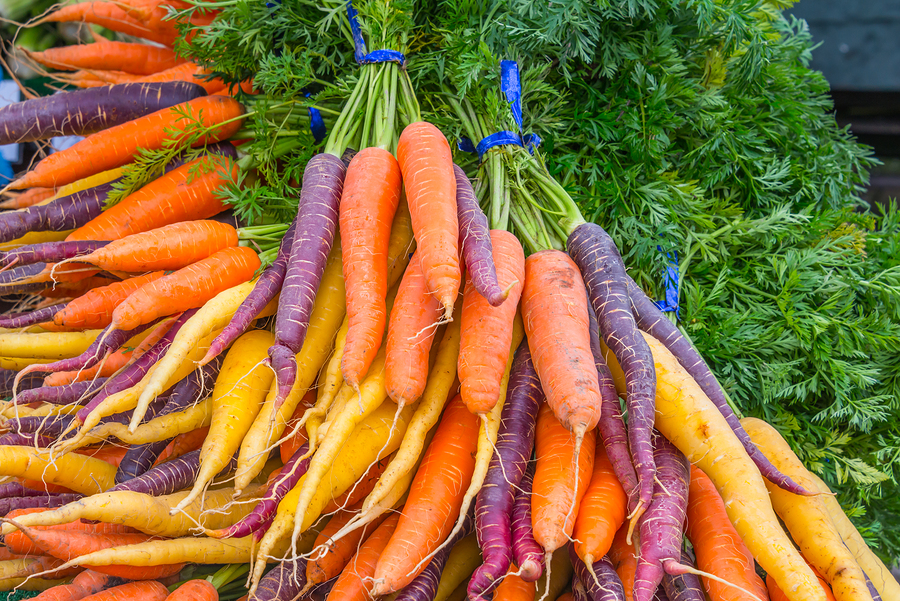

The vast majority of American produce does indeed make it to a packinghouse for processing and distribution, but farmers point out that efficiency varies wildly depending on what kind of producer you are. (Taber did not return a request for comment.)

In her estimation, my carrot nuggets are proof of concept: Odd produce might not go to Whole Foods, but much of it still does go to stores that serve working-class people, or gets sent to processors who turn it into salsa or apple juice. “The food system is a hot mess but using ugly produce is one thing it’s actually really good at,” she says in the thread. Last week on Twitter, the crop scientist Sarah Taber wrote a long thread arguing that ugly produce isn’t the problem or solution. On a fundamental level, some researchers question whether Americans’ understanding of food waste as a crisis actually reflects the problem at hand. It seems as though “ugly” produce companies didn’t anticipate the criticism they’ve received. The reality of its potential impact might be a little more complicated, with start-ups profiting from the food system’s structural problems while also providing real, material good for working-class people. Depending on who you ask, ugly produce is either the salvation or destruction of America’s food system. But not everyone is buying it: Food-justice advocates argue that profit-based solutions are unequipped to do battle against food inequality, and that even well-meaning companies could do real harm to community organizations. If successful, ugly-produce companies could help with the vanishingly thin margins faced by smaller-scale growers and expand access to fresh food. Read: Why Americans lead the world in food waste Companies like Misfits Market, Imperfect Produce, and Hungry Harvest aim to fill the logistical gaps and provide new markets for growers by buying up farmers’ “ugly” or excess produce and shipping it directly to your doorstep, often by subscription. To combat that, a new class of for-profit start-ups has emerged: ugly-produce boxes. By some estimations, it’s more than half. One of the most popularly cited problems is the amount of produce that goes entirely unconsumed in the developed world. Younger, socially conscious Americans and their concerns about sustainability have turned some unflattering attention toward the food industry. That I hadn’t thought much about my little carrots meant the system had worked as intended for the type of consumer I am (affluent, urban) and helped obscure the leviathan of the American food-supply chain, which includes everything from commercial growers and processors like Dole and Kraft Heinz down to local farmers’ markets and food banks.īut as shoppers change, so must the systems that serve them. Since the early 1980s, scores of smaller American agricultural companies have been driven out of business or gobbled up by Big-Ag conglomerates. I’ve never lived in a world that wanted me to think about how the carrots got made. I’m not sure what I’d believed about them previously: Were they actual babies? Were they a “baby” breed of small adult carrots? I certainly hadn’t understood them to be carrot nuggets, whittled out of big, ugly carrots that many people wouldn’t buy in their natural state. Do you know what baby carrots actually are?įor me, the baby-carrot jig was up a couple years ago.


 0 kommentar(er)
0 kommentar(er)
